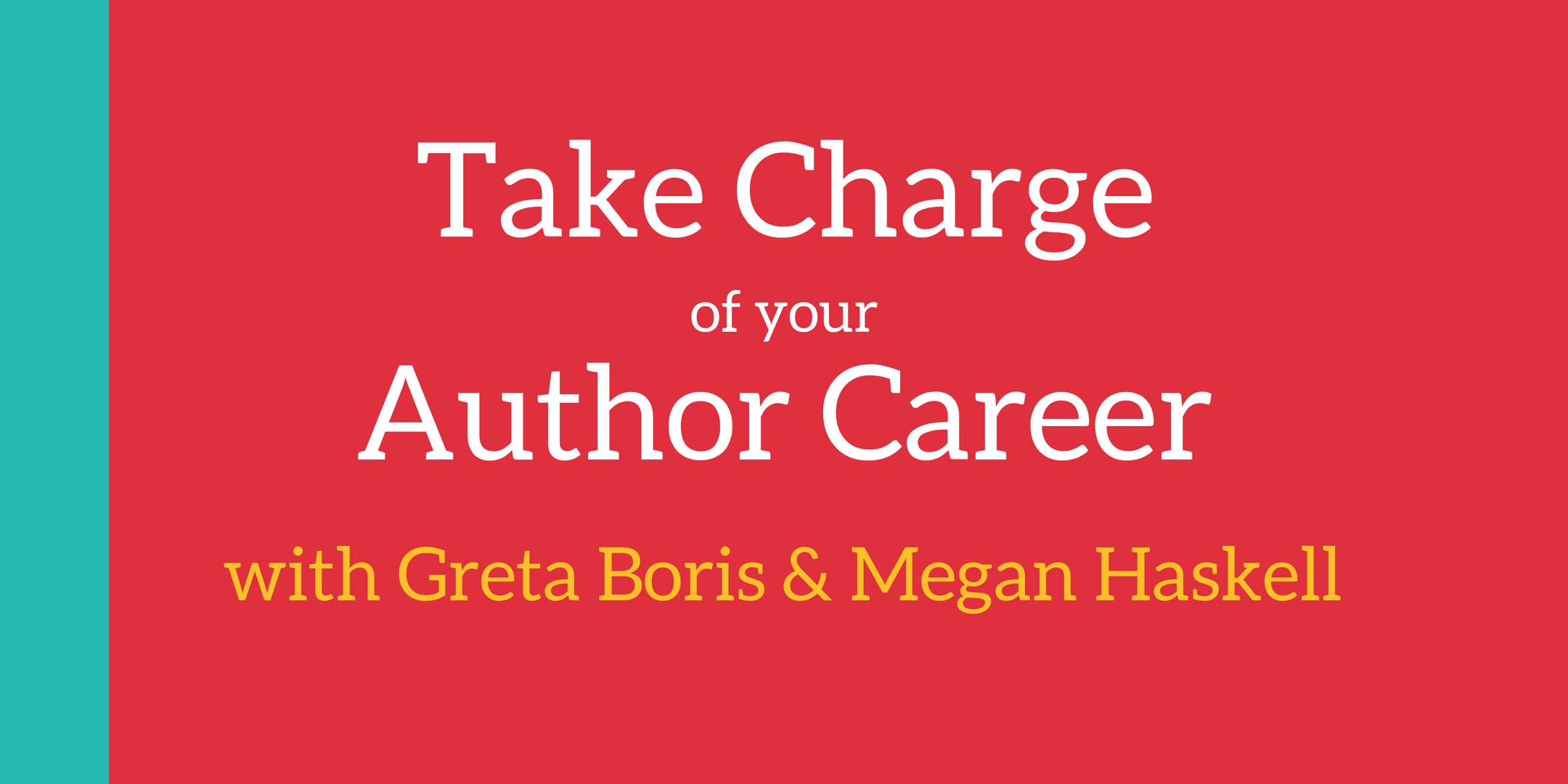by Megan Haskell
For the past nine months—maybe more—I’ve been working on the first book in a new epic fantasy trilogy. Though related to The Sanyare Chronicles, this story is far bigger, with multiple point-of-view characters, grand political stakes, military strategy, scheming politicians, and a sprinkling of spies.
Oh, and did I mention that it’s the same universe, which means there are characters and plot points that crossover between series?
Or that the first book is the longest I’ve ever written at over 105k words?
It’s epic in every sense of the word.
Needless to say, this one requires an eye for detail and careful editing to make sure everything works.
My Editing Process, in Brief
After four novels, a novella, several short stories, and a non-fiction book, my editing process has become relatively well-refined.
- Rough Story – I write as fast as I can from start to finish. As much as possible, I try to avoid editing.
- First Draft – I personally re-read the entire story from start to finish and make a first pass at edits. At this stage, I’m mostly concerned with story structure, plot holes, and character motivations/consistency.
- Alpha Reader Review – My editor/little sister, Kim Peticolas, gives the book a quick read-through. She’ll tell me where the pacing is off, or something is missing, and also help brainstorm initial ideas for making it better.
- Second Draft – I once again personally re-read the entire book from start to finish, incorporating my alpha reader’s comments and also making more significant changes of my own. Usually at this point I’ve had enough time away from the manuscript that I’m looking at the overall story with fresh eyes.
- Beta Reader Review – I send the book to a group of beta readers chosen from writer friends, fans, and past critique partners. They generally fall into three categories, and may receive the book at different points in the editing cycle, depending on their strengths. There’s usually some crossover, but I typically look for these skillsets:
- Group 1 – Plot Hounds: look for structure, pacing, character, or other big picture problems.
- Group 2 – Detail Detectives: look for consistency errors both within the current work, but also in comparison with my other books.
- Group 3 – Typo Hunters: usually the last group to go through the manuscript, they help find the last typos before sending to my copyeditor or publishing.
- Third Draft – This may actually be multiple passes on the book, but this is where I incorporate all the feedback from the beta readers and any final changes I want to make before sending it off to…
- Copyedit – Where the real spit-polishing happens. At this point, the story is solid, the characters are well-defined, and all the right pieces are in place at the right times. We’re ready to make the words shine and bring out the sparkle in the prose.
- Final Draft – Incorporates all of the copyediting changes. Usually very quick and easy by this point.
- Proofing – I do all the final formatting, write the blurb, set up the book, and get it into a paperback form, then order a proof copy to read out loud to myself. I’m always shocked at the number of additional errors I find at this point, but they’re always there.
- PUBLISH!
Phew…okay, so maybe that wasn’t so brief after all.
On my next post, I’ll share my beta reader process and questionnaire in more detail!
Greta and I will be teaching everything we know about revision in our upcoming workshop First Page, Lasting Impression to be held at the Southern California Writers’ Conference in Irvine, September 20-22. Come ask your questions in person! We hope to see you there!

Legend has it I was born with a book in my hands. Thirty-ish years later, I’m a stay-at-home-mom who prefers a good story over doing the dishes. Only now, I’m building my own fantasy worlds! I am the award-winning author of The Sanyare Chronicles, a fast-paced dark fantasy adventure set in the nine faerie realms, and Program Director of O.C. Writers, A Network of Published and Aspiring Authors, located in Orange County, CA. To find out more about me and my books, visit my website at www.meganhaskell.com!


Thank you so much. Was looking for some quick information on self-editing before choosing an on-line class and this was invaluable.
I’m so glad it was helpful!
Great breakdown, Megan! Many new writers want to start editing for spelling, grammar and typos long before the manuscript is ready. I’m about to send SAFE HARBOR: Logan Book 5 out for alpha and beta readers and your post is very timely. I only started using Alpha and Beta readers in my last few books and I realize now how important they are. Like you pointed out, it helps to have a variety of readers familiar with your genre. One thing I started doing, particularly with someone new, is letting them know what I want them to focus on—big picture items like characters, pace, and flow—so they don’t waste their time copy editing. I send them a few questions to answer about the book along with the manuscript.
Hi Val!
Yes, I find a questionnaire very useful, especially for readers unused to critiquing. More on that in the next post!
Hi
I am a retired newspaper editor and consultant. Am not sure if you have any need or interest but I have assisted others with manuscripts. I worked for the New York Times Company when they owned more than 30 newspapers coordinating and editing projects (non-deadline features and long-form narrative) for the largest four papers. Following the sale of the group, I consulted for the NY Times News Service and Syndicate and in that capacity worked here and made presentations in the newsroom in New York. Also am past president of the Sunday Magazine and Feature Association following a 12-year ladder. In recent years, I have helped friends with drafts.
Hi Marcia! I’m all set for my editing needs, but maybe someone else will be interested!